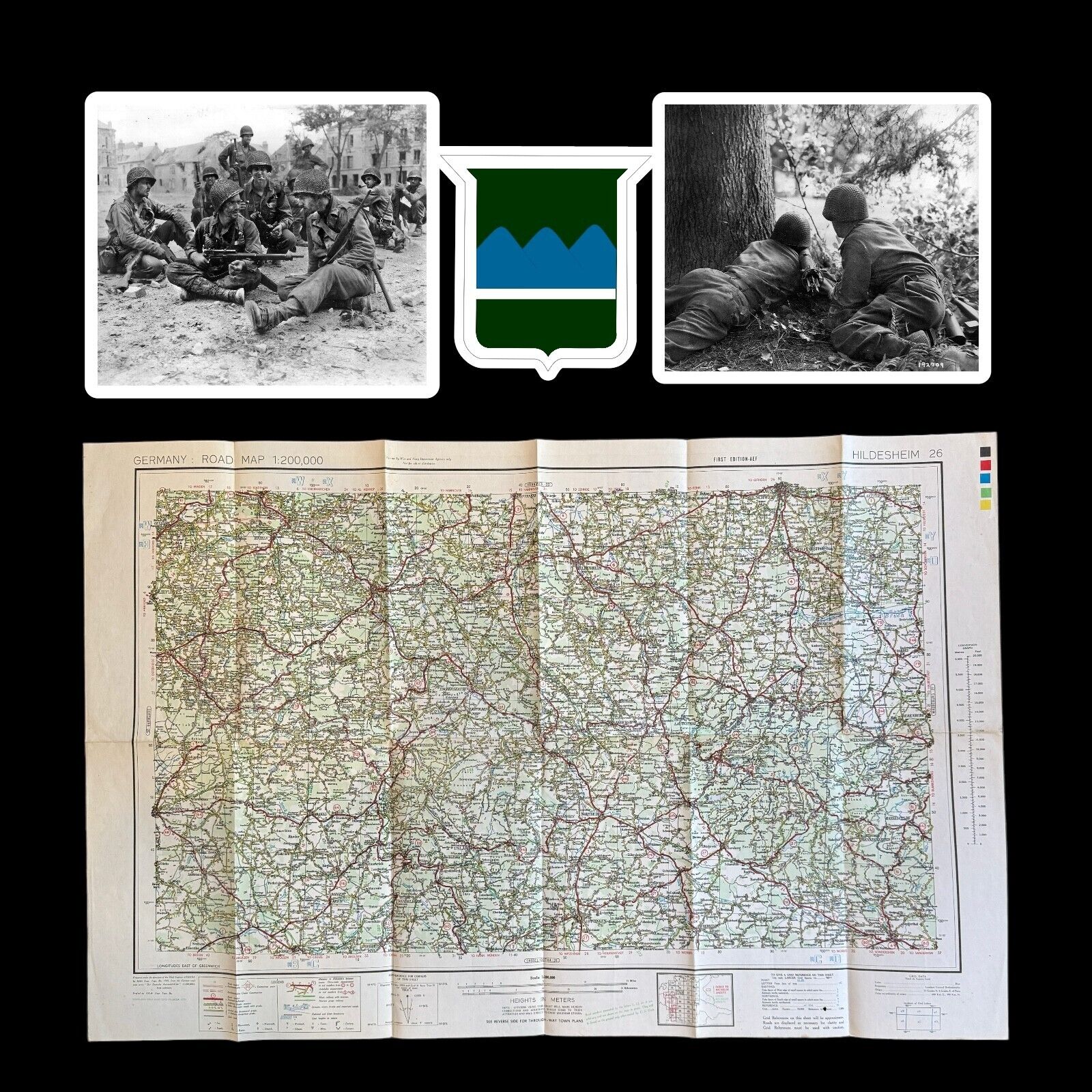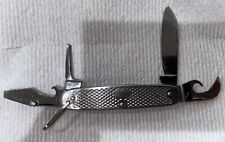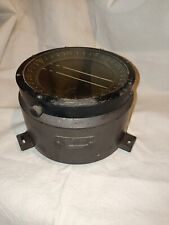When you click on links to various merchants on this site and make a purchase, this can result in this site earning a commission. Affiliate programs and affiliations include, but are not limited to, the eBay Partner Network.
Comes with a hand-signed C.O.A.
IN THE SECOND PHOTO IS A “DIGITALLY SOURCED HISTORICAL COMBAT CHRONICLE MAP” SHOWING THE PATH OF THE 80TH INFANTRY DIVISION DURING WWII. IT IS ADDED TO SHOW THE HISTORICAL CONTEXT TO THE ORIGINAL WWII MAP FOR SALE.
In 1942, the "Blue Ridge" division was reactivated for military service and deployed to Europe, where it landed on Utah Beach on August 3, 1944, less than two months after the Allied invasion of western Europe on D-Day (June 6).
Soon after arriving in France, the unit engaged German forces in combat in Argentan and other locales in Normandy. It subsequently drove eastward and reached the Saar region of Germany by early December. Later that month, the 80th was diverted to Luxembourg to blunt the German offensive into the Ardennes during the Battle of the Bulge. In January 1945, the 80th returned to the offensive and in the following months drove deep into Germany.
This rare and museum-grade WWII European Theater “Invasion of Germany” 80th Infantry Division 1945 dated combat map comes from the bring back collection of an 80th Infantry Division soldier who participated in the 80th Infantry Division Germany campaign in the ETO. This rare “FIRST EDITION AEF” combat map was used after the 80th Infantry Division crossed the Rhine River in Germany in late March and the division advanced through Thuringia, reaching Erfurt, Weimar, and Jena by mid-April. By the war's end, the "Blue Ridge" division had advanced south through Bavaria and into Austria.
During its advance into central Germany, the 80th Infantry Division entered the Buchenwald concentration camp on April 12, 1945, to provide relief to the 6th Armored Division, which had arrived the day before. Several weeks later, as the "Blue Ridge" division pushed into Austria, it liberated Ebensee, a subcamp of the Mauthausen concentration camp. Construction of the Ebensee camp had begun in November 1943, and Ebensee started functioning as a subcamp in March 1944. Its purpose was to supply prisoner labor for the construction of elaborate tunnels in the nearby mountains to house underground factories for the production of rockets. Code-named Zement (Cement), the project required backbreaking labor done at a brutal pace. The camp population swelled to more than 18,000 in April 1945.
When troops of the 80th Infantry arrived at Ebensee on May 4–5, 1945, they found some 16,000 prisoners there. A US Army report stated that conditions in the camp were "deplorable" and that several hundred prisoners had died from disease and malnutrition on the day the camp was discovered. The report further stated that All of the inmates of the camp were badly undernourished and many were suffering from various diseases and ailments. No meals had been served at the camp for three days prior to the arrival of the American Forces in the area.
Shortly after liberation, units assigned to maintaining public health and caring for displaced persons were dispatched to Ebensee to provide food and clothing to the prisoners and to combat the typhus epidemic there.
80th Infantry Division Combat Chronicle:
The 80th Infantry Division landed on Utah Beach, 3 August 1944, assembled near St. Jores by 7 August, and on 8 August was ordered to stop the German attack at Avranches. Arriving too late to take part in smashing the German drive, it turned east to seize Evron and Ste. Suzanne, 10 August. The Division then attacked Argentan, taking it, 20 August, and creating the Falaise Pocket. After mopping up in the area, the 80th took part in the Third Army dash across France, cutting through St. Mihiel, Chalons, and Commercy in pursuit of the retreating Germans until stopped by the lack of gasoline and other supplies at the Seille River. From 25 September to 7 November, the Division maintained an aggressive defense of positions west of the Seille, and prepared for the Third Army sweep into the industrially vital Saar Basin. The attack jumped off on 8 November, the 80th advancing through Delme Ridge, Faulquemont, and St. Avold to within 5 miles of Saarbrucken, when it was relieved by the 6th Armored Division, 7 December 1944. After 10 days' rest, the Division returned to combat, moving southeast to take part in an attack on the Siegfried Line at Zweibrucken when the Germans launched their winter offensive in the Ardennes. The 80th was moved northward to Luxembourg and was hurled against the German salient, fighting at Luxembourg and Bastogne, driving the enemy across the Sure to Dahl and Goesdorf, 7 January 1945, and across the Clerf and Wiltz Rivers by 23 January. On 7 February 1945, the Division stormed across the Our and Sauer Rivers at Wallendorf, broke through the Siegfried Line, pursued the fleeing enemy to Kaiserlautern, 20 March, and crossed the Rhine, 27-28 March, near Mainz. Pursuit continued in April, the Division driving rapidly to Erfurt on the 12th, and Weimar, Jena, and Gera on the 14th. Relieved, 21 April, it moved to Nurnberg for occupation duty and on 28 April, to Regensburg, then to the Enns River, when the war in Europe ended.
1 August 1944: XII Corps, Third Army, 12th Army Group.
7 August 1944: XX Corps.
8 August 1944: XV Corps.
10 August 1941: XX Corps.
17 August 1944: Third Army, 12th Army Group, but attached to the V Corps, First Army, 12th Army Group.
28 August 1944: Third Army, 12th Army Group.
26 August 1944: XII Corps.
19 December 1944: III Corps.
26 December 1944: XII Corps.
10 March 1945: XX Corps.
Overseas: 1 July 1944.
Days of combat: 239.
Awards: MH-4 ; DSC-34 ; DSM-1 ; SS-771; LM-12; DFC-5 ; SM-35 ; BSM-3,869, AM-123.
Maj. Gen. Horace L. McBride (March 1943-October 1945)
Maj. Gen. Walter F. Lauer (October 1945-December 1945). Returned to U. S.: 3 January 1946.Inactivated: 5 January 1946.









